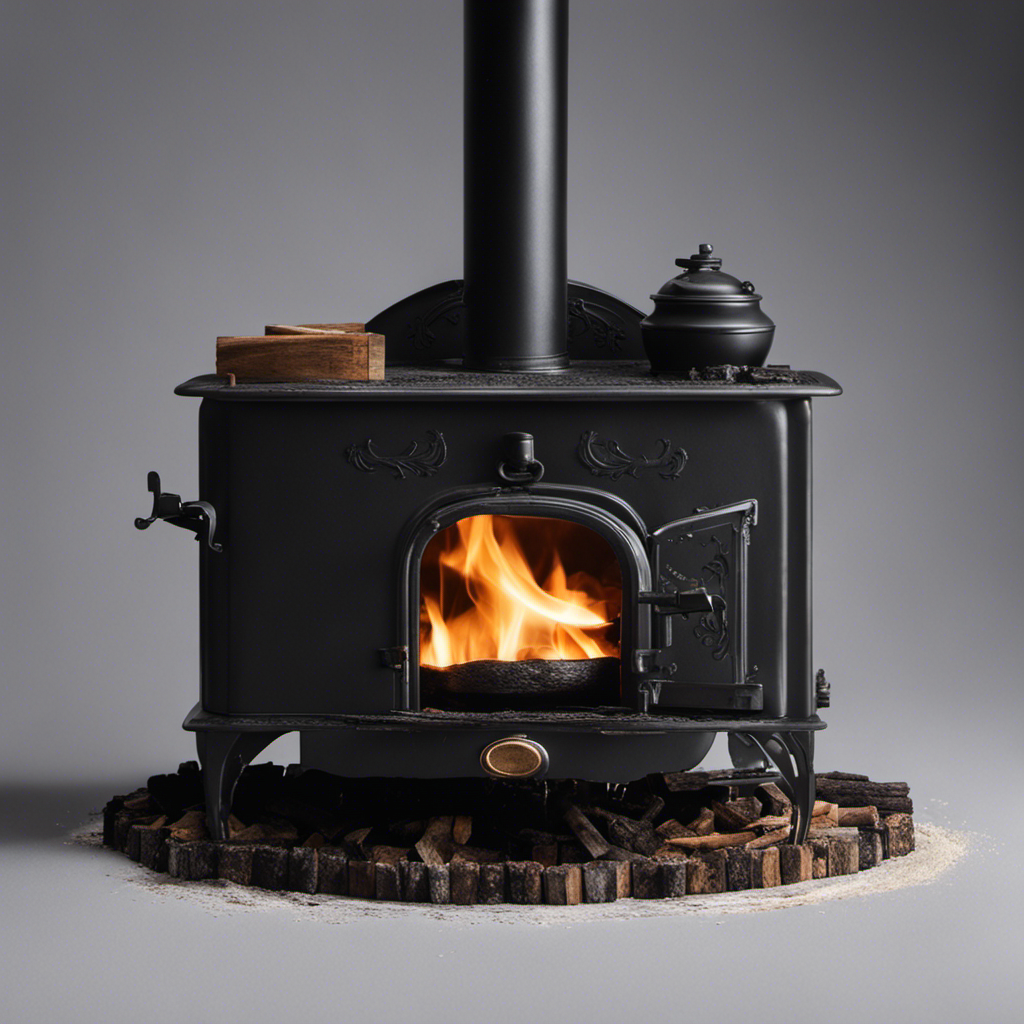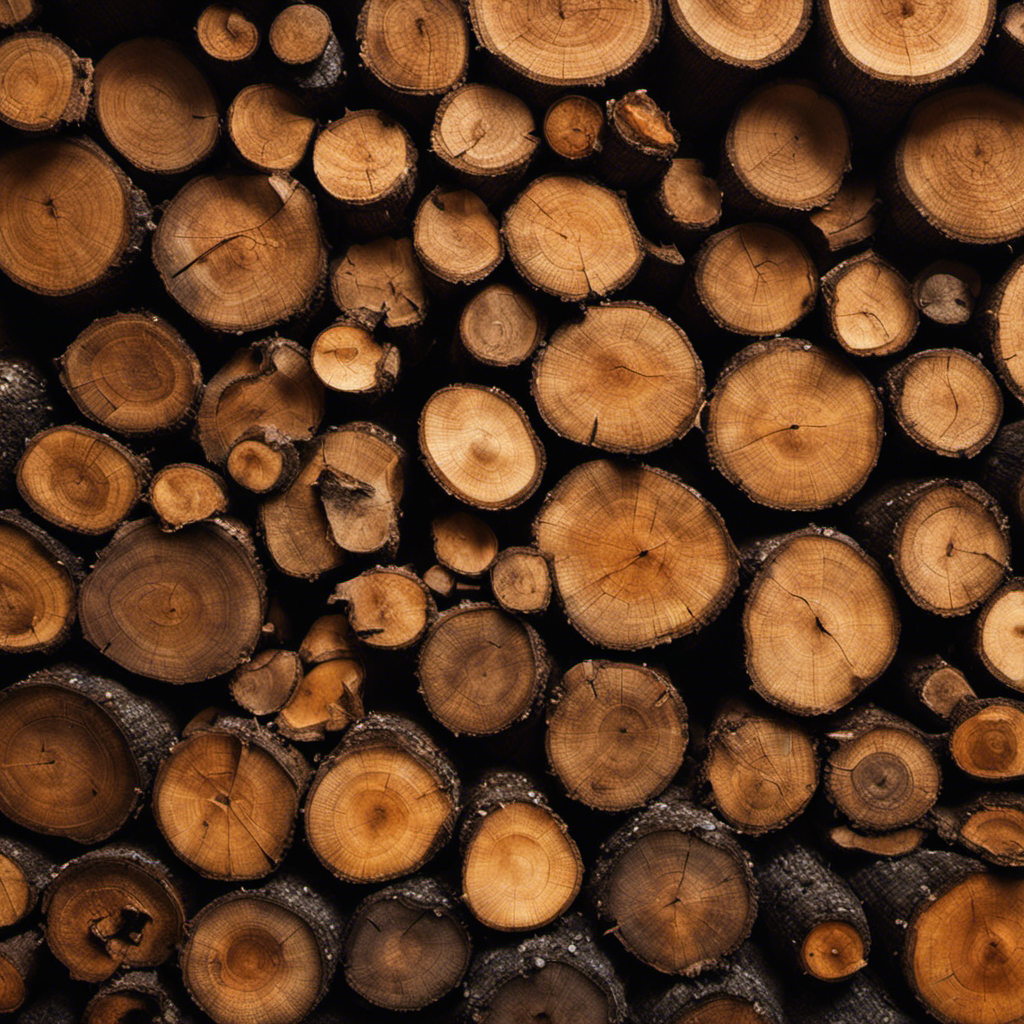How can I find out if my wood stove is EPA-certified?
It’s important to ensure that your wood stove meets EPA standards for efficiency and emissions. In this article, I will guide you through the process of identifying EPA certification on your wood stove. By checking for labels, researching manufacturer information, and consulting with professionals, you can determine if your wood stove meets the necessary standards.
Discover the benefits of owning an EPA certified wood stove and make an informed decision for your home.
Key Takeaways
- EPA certification ensures wood stoves meet emission and efficiency standards
- Non-certified wood stoves can have negative environmental and health effects
- Checking for EPA certification labels on your wood stove is important to ensure compliance
- Consulting with a professional can provide expert guidance and verification
Understanding EPA Certification for Wood Stoves
I’m curious about how I can determine if my wood stove has EPA certification.

EPA certification requirements are put in place to ensure that wood stoves meet specific standards for emissions and efficiency. Non-certified wood stoves can have a significant environmental impact, as they may release more harmful pollutants into the air, contributing to air pollution and negative health effects.
To determine if your wood stove is EPA certified, you can start by checking for EPA certification labels on your stove. These labels are usually located on the back or side of the appliance and indicate that the stove meets the required emission and efficiency standards set by the EPA.
Checking for EPA Certification Labels on Your Wood Stove
I can easily identify if my wood stove is EPA certified by looking for the certification labels. These labels serve as proof that the wood stove has undergone rigorous testing and meets the Environmental Protection Agency’s strict emission standards.
When checking for EPA certification labels, there are a few key points to keep in mind:
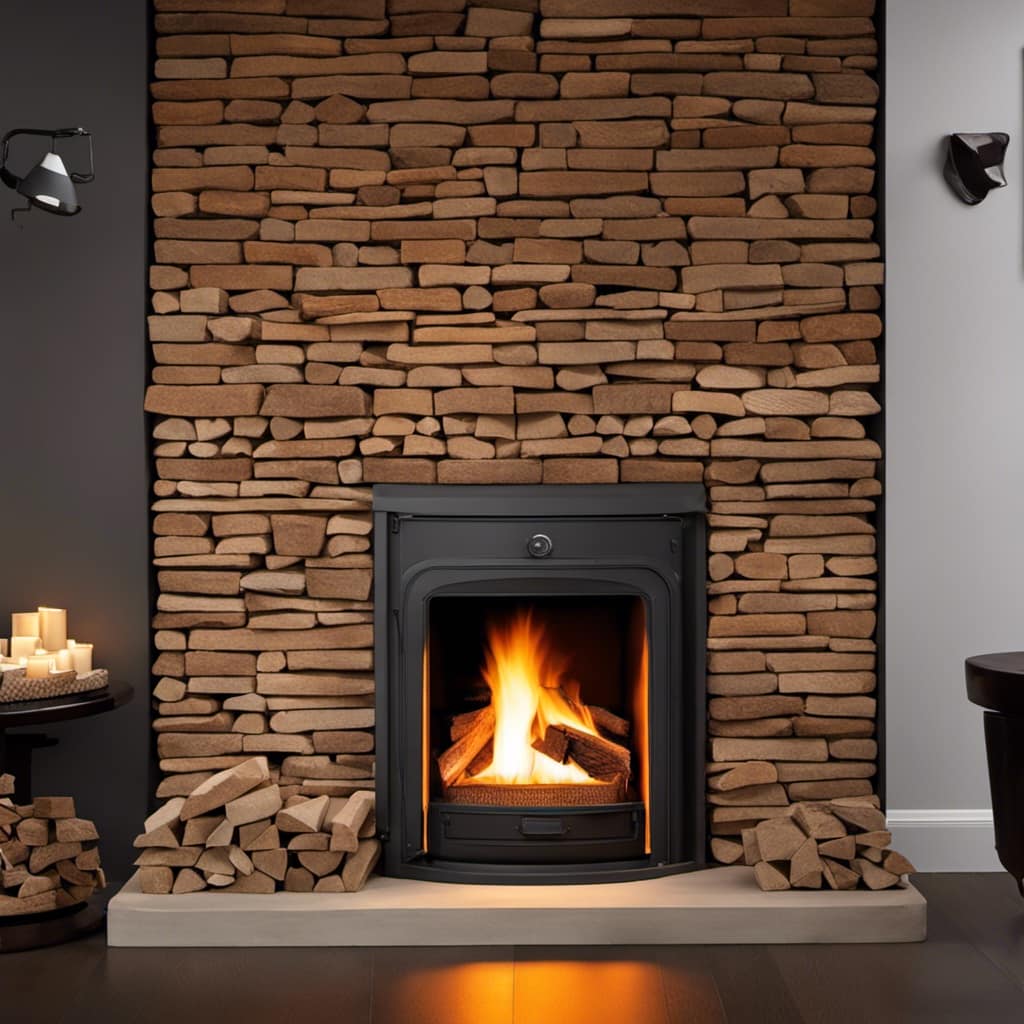
- Look for the label on the back of the stove or inside the firebox.
- The label should clearly state that the wood stove is EPA certified.
- Verify the manufacturer’s name and model number on the label.
- Check the emission rate, which should be below the EPA limit.
- Make sure the label includes the date of certification, indicating that it meets the current standards.
It’s important to note that finding EPA certified wood stoves online can be a convenient option, but it’s crucial to verify the certification labels before making a purchase.
Additionally, there are common misconceptions about EPA certification for wood stoves, such as thinking that all wood stoves are automatically EPA certified or that older models are exempt from certification.
Researching Manufacturer’s Information on EPA Certification
When researching the manufacturer’s information on EPA certification, I found that it’s crucial to verify the accuracy of the label as well as the specific model number and emission rate. It’s important to understand that manufacturers are responsible for providing accurate information about their wood stoves’ EPA certification. This includes the emission rate, which indicates how much pollution the stove emits.
Additionally, manufacturers may make specific claims about their wood stoves’ efficiency and performance. While these claims can be helpful, it’s essential to verify them through reliable sources such as customer reviews. By reading customer reviews, you can gain insight into the actual performance and satisfaction levels of other users. This research process will ensure that you’ve accurate and reliable information about the EPA certification of your wood stove.
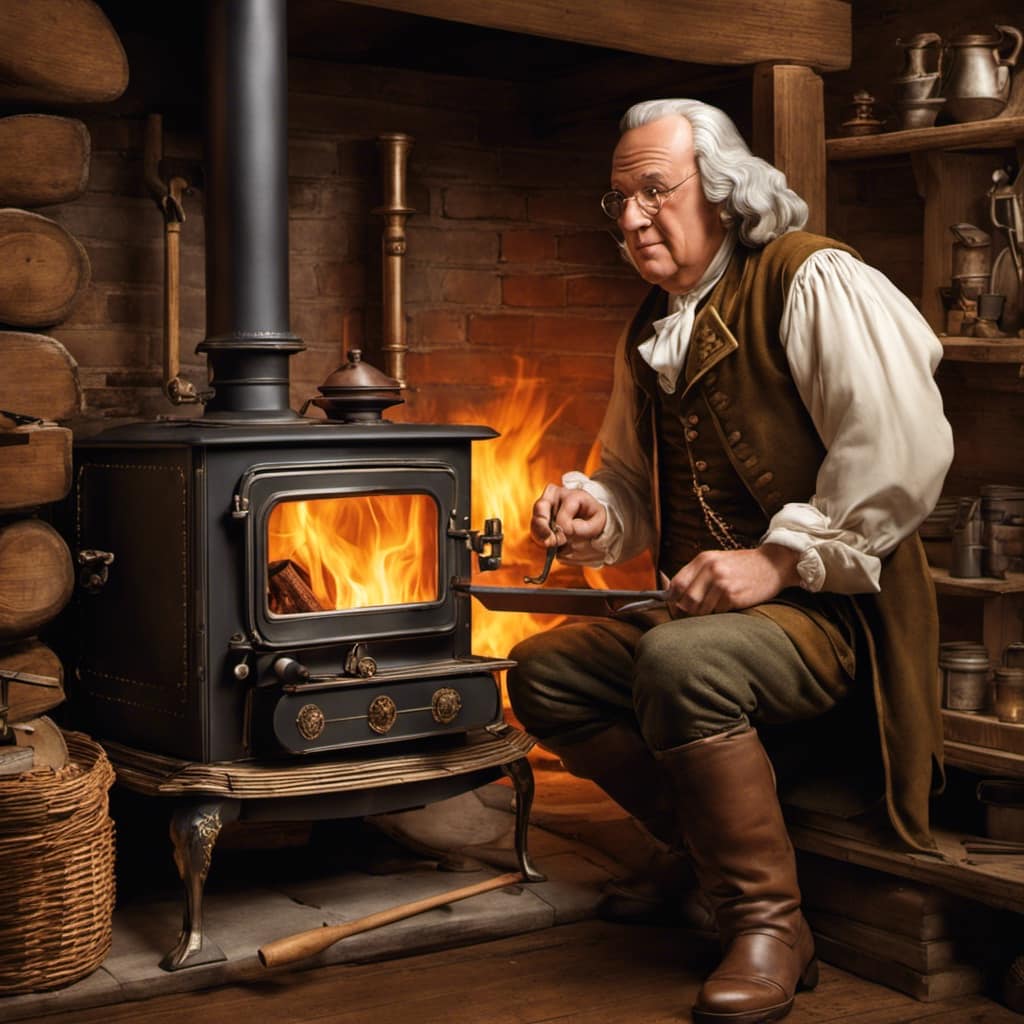
To further ensure the accuracy of the EPA certification, it’s advisable to consult with a professional. A professional can provide expert guidance and insight into the certification process.
Consulting With a Professional to Determine EPA Certification
Consulting with a professional is a reliable way to determine the accuracy of the EPA certification for my wood stove. When it comes to the certification process, hiring an expert is crucial in ensuring that the stove meets all the necessary requirements. Seeking professional advice not only saves time and effort but also guarantees that the information received is accurate and up-to-date.
Here are two reasons why consulting with a professional is important:
-
Expertise: Professionals have in-depth knowledge of EPA regulations and can assess whether a wood stove is compliant. They’re familiar with the specific criteria that need to be met for certification, such as emission limits and efficiency ratings.

-
Verification: Professionals can verify the authenticity of the EPA certification by thoroughly examining the stove’s documentation and conducting necessary tests. They can ensure that the certification is legitimate and not a false claim.
Exploring the Benefits of Owning an EPA Certified Wood Stove
Owning an EPA certified wood stove offers numerous benefits, such as increased energy efficiency and reduced environmental impact. These stoves are designed to burn wood more efficiently, which results in lower fuel consumption and reduced heating costs. In fact, EPA certified wood stoves can be up to 50% more efficient than older, non-certified models. This increased efficiency not only saves money, but also helps to conserve natural resources. Additionally, EPA certified wood stoves are designed to emit fewer pollutants into the atmosphere. They utilize advanced combustion technology and have to meet strict emission standards set by the Environmental Protection Agency. This means that they produce less smoke, particulate matter, and harmful gases, resulting in improved air quality and reduced environmental impact.
| Benefit | Cost Effectiveness | Environmental Impact |
|---|---|---|
| Increased Energy Efficiency | Lower fuel consumption and reduced heating costs | Improved air quality and reduced emissions |
| Reduced Environmental Impact | Conservation of natural resources | Reduced pollution and greenhouse gas emissions |
| Advanced Combustion Technology | Savings on fuel and reduced environmental impact | Cleaner and healthier air for all |
Frequently Asked Questions
How Long Does EPA Certification for Wood Stoves Last?
The EPA certification for wood stoves typically lasts for a certain period, usually indicated by the manufacturer. It is important to refer to the specific certification documents or contact the manufacturer for accurate information regarding the wood stove’s lifespan.
Can I Still Use My Wood Stove if It Is Not EPA Certified?
If my wood stove isn’t EPA certified, I can still use it. However, retrofitting wood stoves to meet EPA standards has benefits like improved efficiency, reduced emissions, and increased safety.
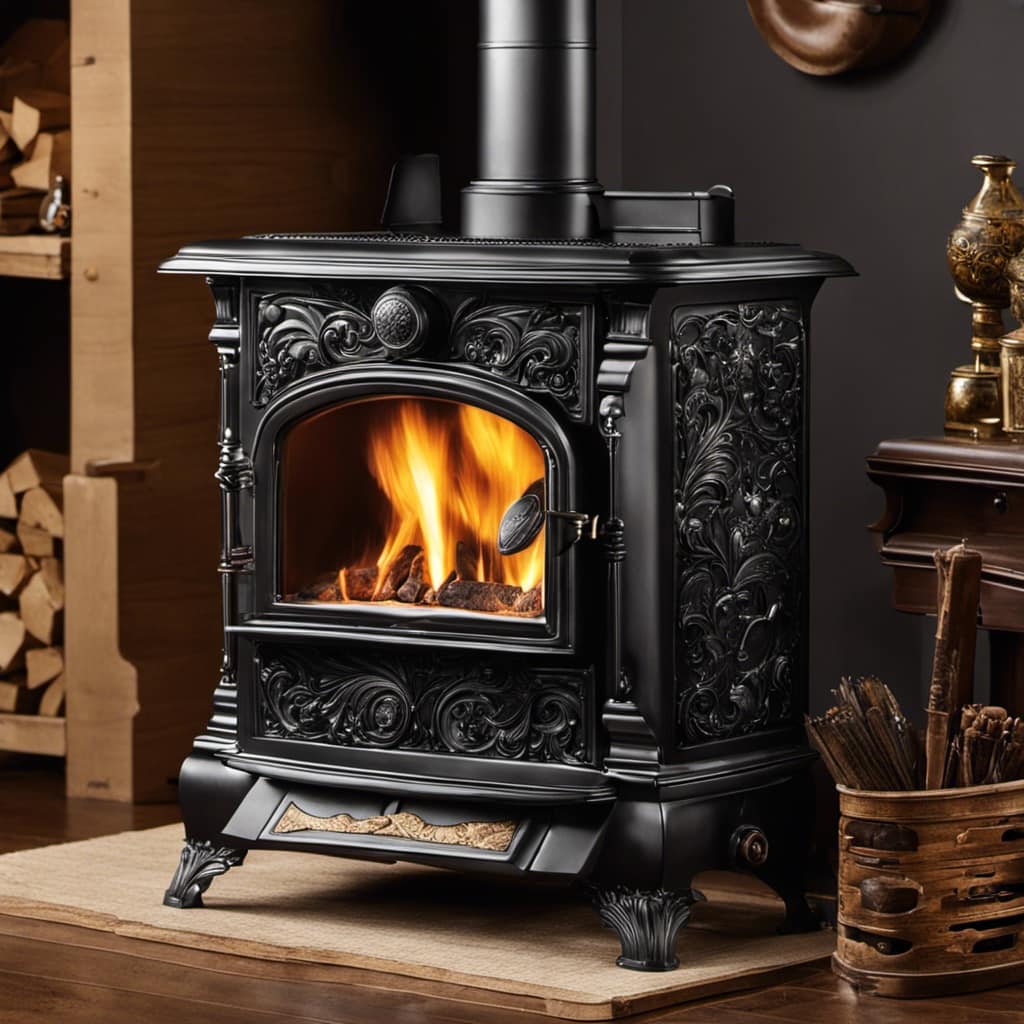
Are There Any Financial Incentives for Owning an EPA Certified Wood Stove?
Are there financial benefits to owning an EPA certified wood stove? Yes, there are. These stoves can qualify for tax credits and incentives, saving you money while reducing your environmental impact.
What Are the Consequences of Using a Non-Epa Certified Wood Stove?
Using a non-EPA certified wood stove can have serious health risks and environmental impact. It can release harmful pollutants, such as carbon monoxide and particulate matter, which can cause respiratory issues and contribute to air pollution.
Can I Retrofit an Older Wood Stove to Make It EPA Certified?
To retrofit an older wood stove for EPA certification, the process involves upgrading key components like the combustion system and ensuring proper air flow. This certification brings benefits like improved efficiency and reduced emissions.
Conclusion
In conclusion, determining if your wood stove is EPA certified is crucial for both safety and environmental reasons. By checking for EPA certification labels, researching manufacturer information, or consulting with a professional, you can ensure that your wood stove meets the necessary standards.
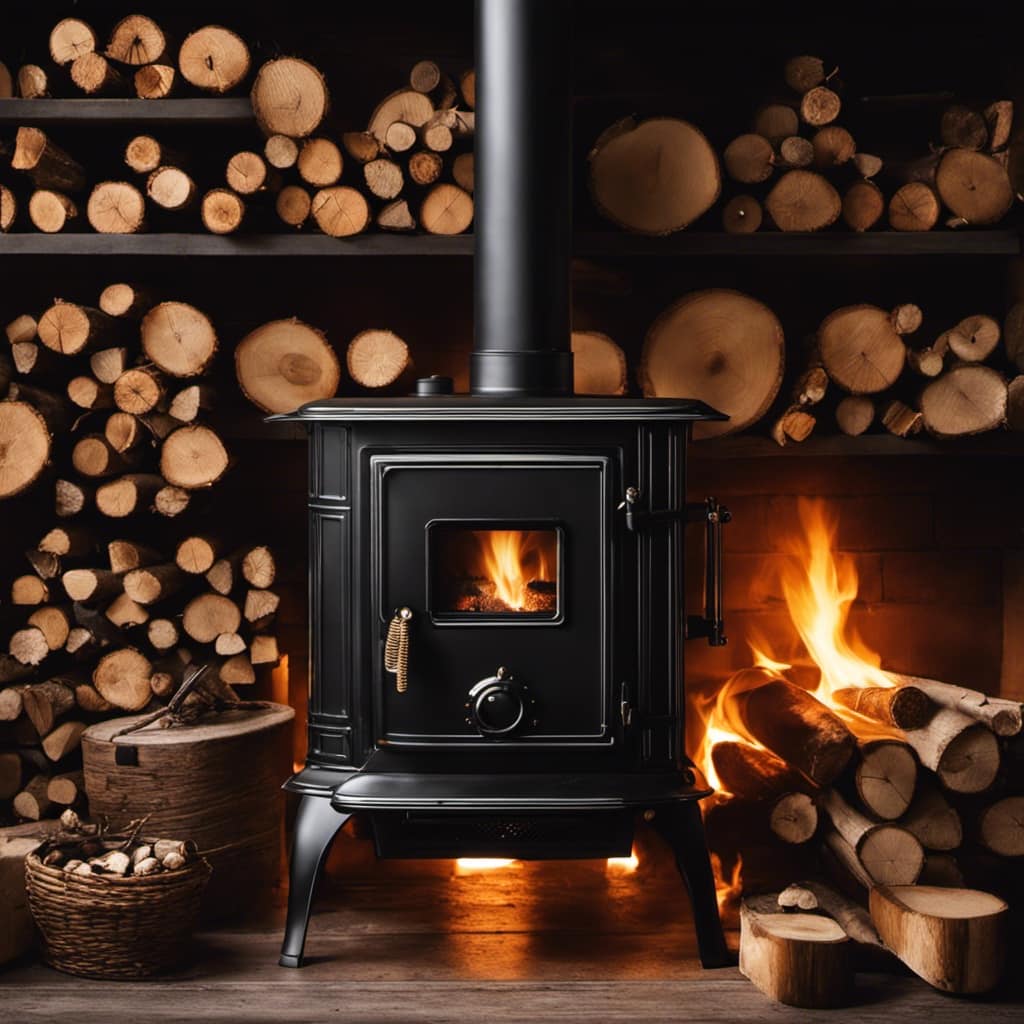
Owning an EPA certified wood stove not only reduces emissions and improves air quality, but also provides numerous benefits in terms of efficiency and cost savings.
Don’t wait, take action now to make a responsible choice for your home and the planet.
Growing up surrounded by the vast beauty of nature, Sierra was always drawn to the call of the wild. While others sought the comfort of the familiar, she ventured out, embracing the unpredictable and finding stories in the heartbeat of nature.
At the epicenter of every remarkable venture lies a dynamic team—a fusion of diverse talents, visions, and passions. The essence of Best Small Wood Stoves is crafted and refined by such a trio: Sierra, Logan, and Terra. Their collective expertise has transformed the platform into a leading authority on small wood stoves, radiating warmth and knowledge in equal measure.




